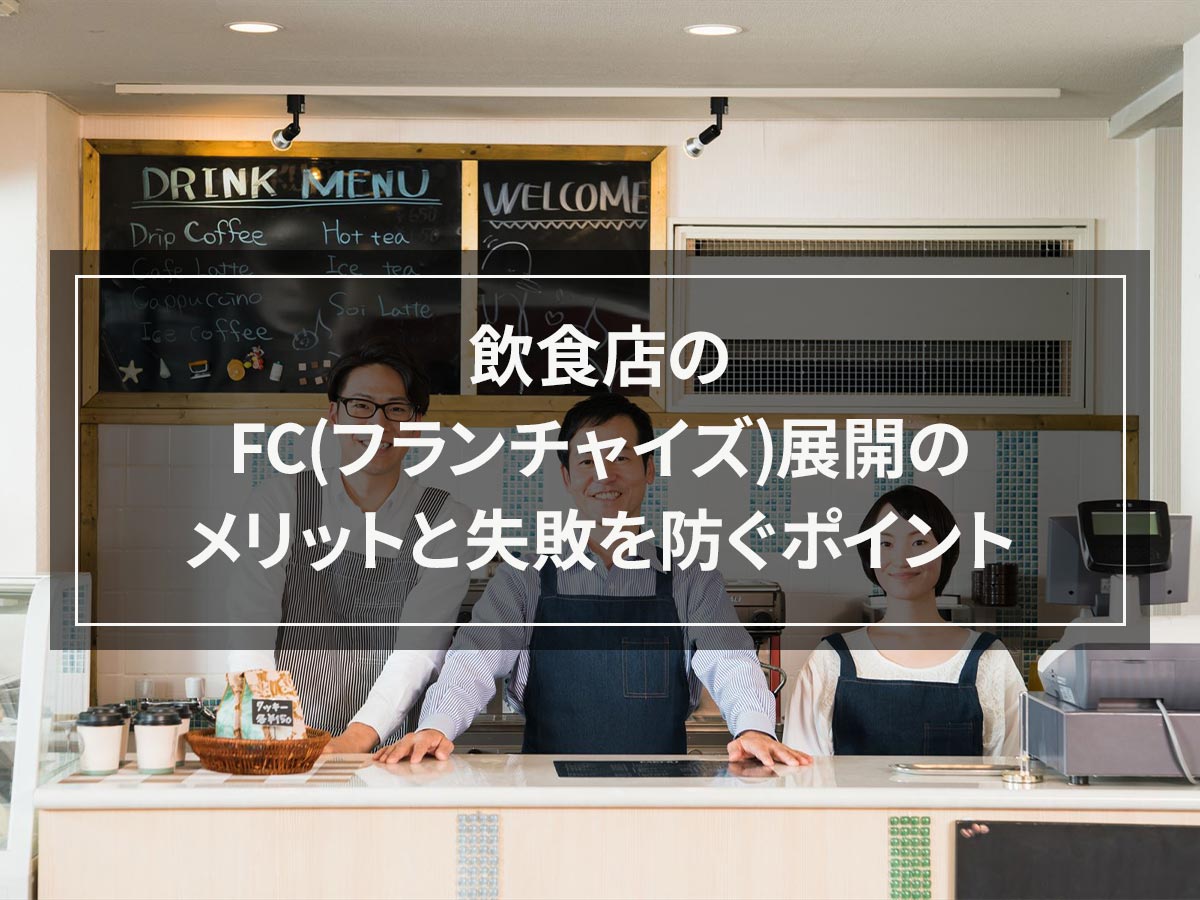Tips you need to know about frozen foods
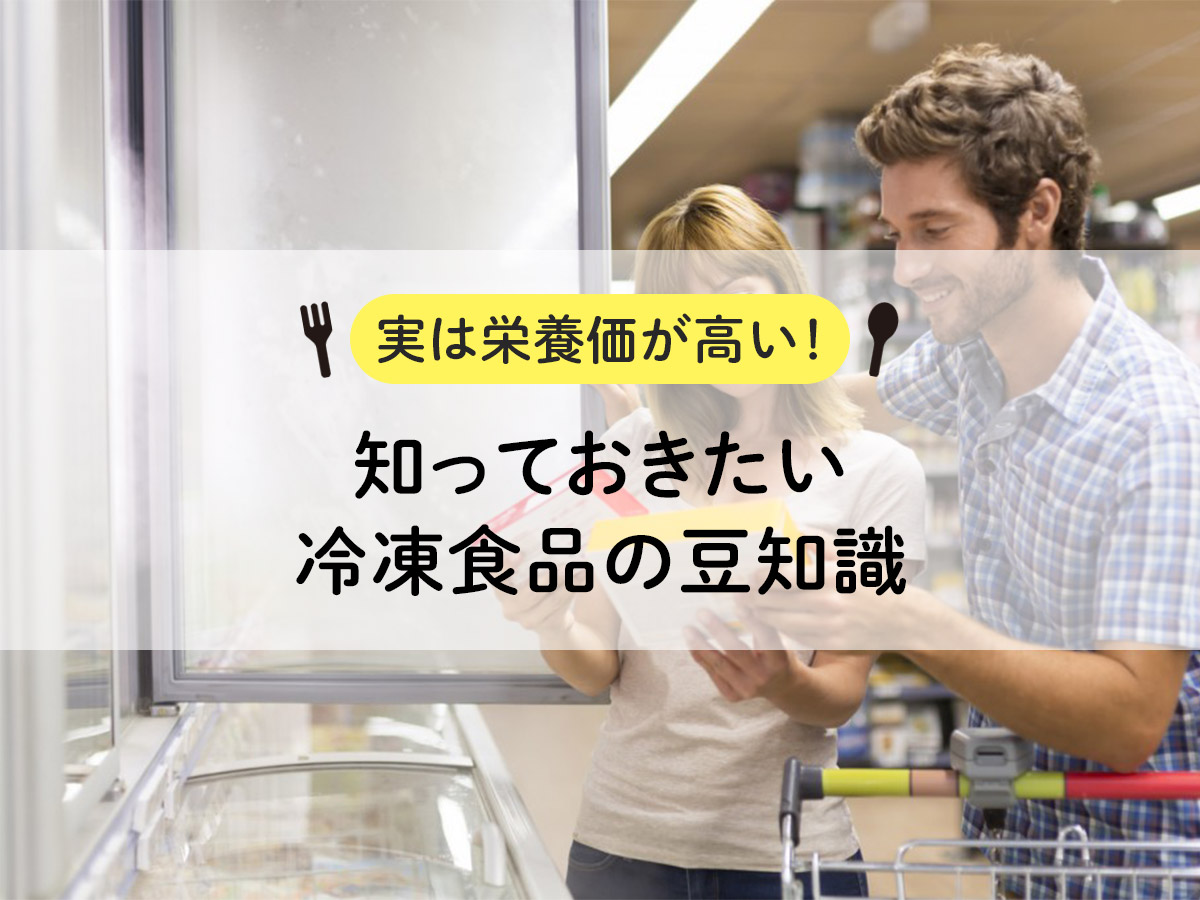
Do you think that frozen foods are convenient but have low nutritional value?
In fact, the nutritional value remains almost the same even after freezing.
Many people are concerned about the nutritional value of frozen vegetables, but since the vegetables are harvested during the season, processed immediately and frozen, the nutritional value does not decrease and the quality remains the same.
Rapid or flash freezing is important in the production of frozen foods.
Basically, all frozen foods are rapid or flash frozen, which maintains freshness and quality, and reduces the use of preservatives and antioxidants.
Incorporating frozen foods into your meals in moderation can be convenient and reduce the effort involved in cooking. There are a variety of products available and they are easy to use, so they are especially useful when making bento boxes.
We will give discuss the nutritional value of frozen foods, precautions, and how to use them.
目次
Why are frozen vegetables highly nutritious?
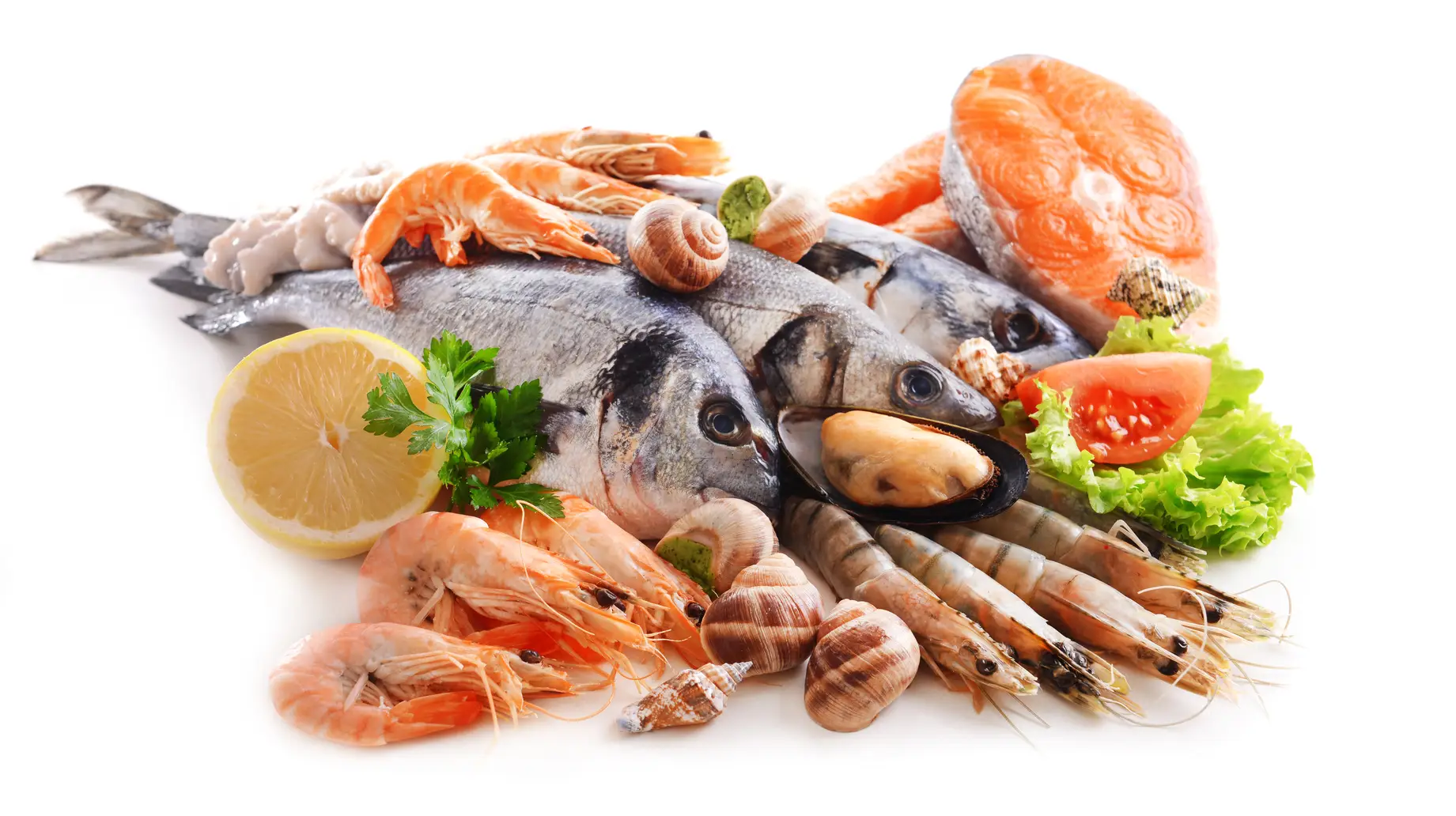
Immediately frozen after harvest
Frozen vegetables are often thought to have lower nutritional value than fresh vegetables, but the nutritional value is not that different.
Vegetables and fruits sold at supermarkets and greengrocers take time to be harvested, put on shelves, and even eaten at the table. During that time, the nutritional value of the food will continue to decline.
In the case of frozen vegetables, they are frozen immediately after being harvested, so they can maintain the same nutritional value as the time of harvest.
According to a study conducted in the United States in 2007, the vitamin C content in broccoli decreases by about 50% a week after it is harvested, whereas broccoli that is frozen immediately after harvesting has a high level of vitamin C even after a year. It only decreased by about 10%.
In addition, freezing suppresses oxidation and enzyme activity, and prevents the growth of bacteria, thereby suppressing quality deterioration.
Freezing seasonal vegetables
We use the most delicious and nutritious frozen vegetables in season.
Tomatoes that are in season contain about twice as much carotene as those that are not in season, and spinach that is in season contains about four times as much vitamin C as those that are not in season.
Of course, freshly harvested seasonal vegetables are the most delicious and nutritious.
However, frozen vegetables are often more nutritious than vegetables that are out of season.
Comparing the nutritional value
Researchers from the nonprofit Frozen Food Foundation and the University of California investigated the nutritional value of frozen vegetables and fruits.
They measured eight nutrients contained in blueberries, strawberries, carrots, corn, broccoli, and green peas. They had three different groups; food that has been harvested within 24 hours, food that has been frozen for 10 to 90 days, and food that has been stored in the refrigerator for 3 to 10 days and compared them.
The results showed that frozen vegetables and fruits were just as nutritious as those stored in the refrigerator. Some foods were found to be more nutritious when frozen. When it comes to vitamin C in corn, green peas, and blueberries, frozen ones had much higher levels of vitamin C.
The researchers also found that components such as calcium, magnesium, zinc, copper, iron, and dietary fiber did not decrease even after freezing.
Source: https://well.blogs.nytimes.com/2016/11/18/are-frozen-fruits-and-vegetables-as-nutritious-as-fresh/
The secret to high-quality frozen foods
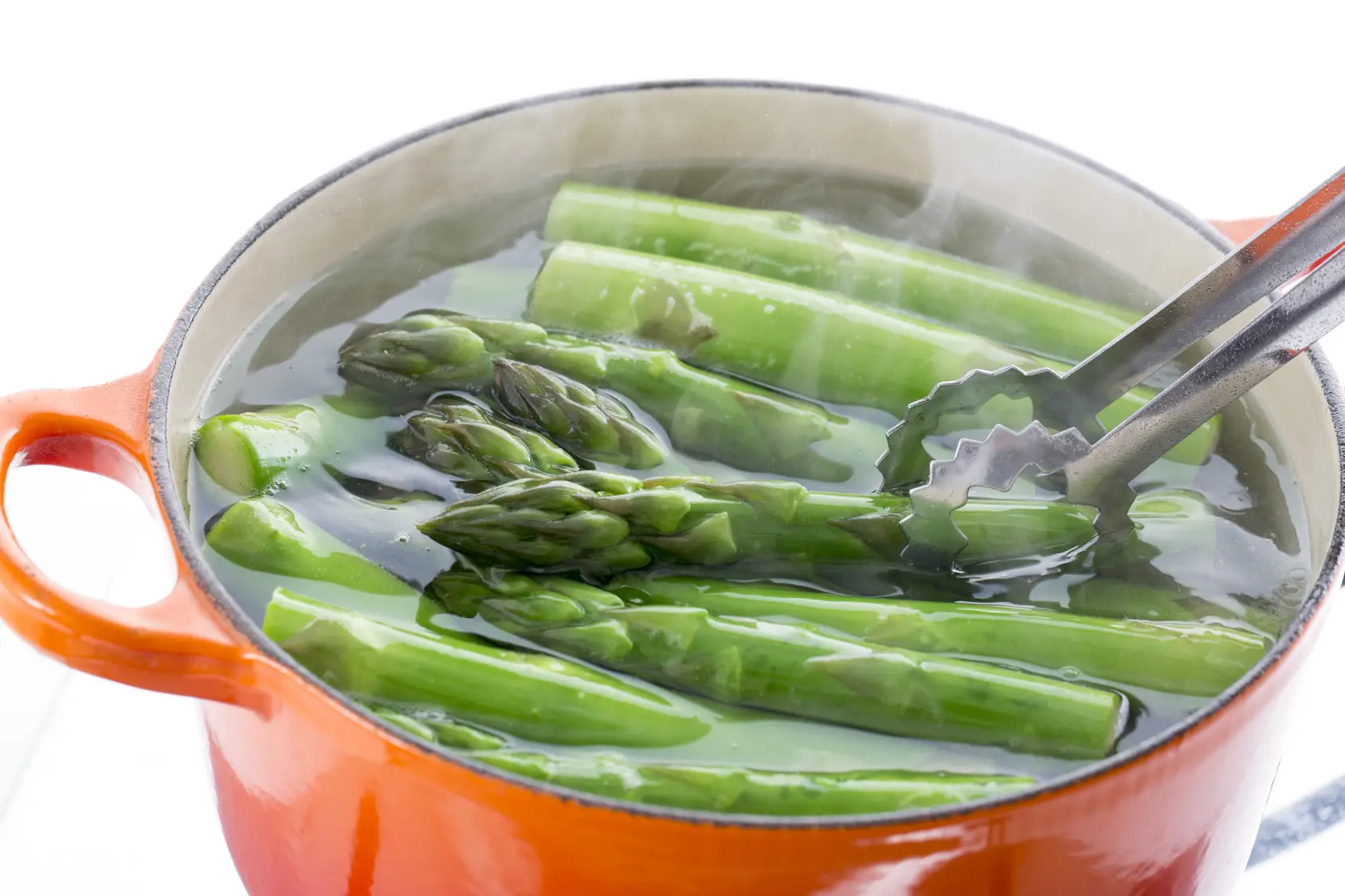
Blanching and rapid or flash freezing
The reason commercially available frozen vegetables remain high quality and nutritious is because they are blanched and rapid or flash frozen.
Most frozen vegetables are blanched before freezing. Vegetables have a high water content, so their texture often changes when frozen.
By using different cooking methods such as blanching, and processing such as cutting and grinding, you can freeze the food without changing its texture. Then, after processing, it is rapid or flash frozen.
rapid or flash freezing is a freezing technology that quickly cools food and freezes it in a high-quality state.
With normal freezing methods, food freezes slowly, causing ice crystals to grow and destroy the cells in the food. As a result, the flavor and texture deteriorate, and the general quality deteriorates.
By quickly passing food through the temperature range where the water in the food freezes, it is possible to keep the ice crystals small. rapid or flash freezing prevents cell destruction and allows food to remain in the same state as before freezing, preserving its quality and nutritional value.
>>[Dramatically extends the shelf life of vegetables! ] What is blanching process?
Rapid or flash freezing is essential for frozen food
Not only vegetables, but basically all frozen foods are rapid or flash frozen. Rapid freezing is an important technology in the production of frozen foods because it locks in the original nutritional components and taste of food and allows for thorough quality control.
Rapid or flash freezing allows perishables to maintain their freshness and cooked products to maintain their freshly-prepared taste. Even seafood that tends to lose its freshness can be maintained at a level where it can be eaten as sashimi.
With advances in refrigeration technology, the quality of frozen foods is getting higher and higher.
The importance of a well-balanced diet
Food additives contained in frozen foods
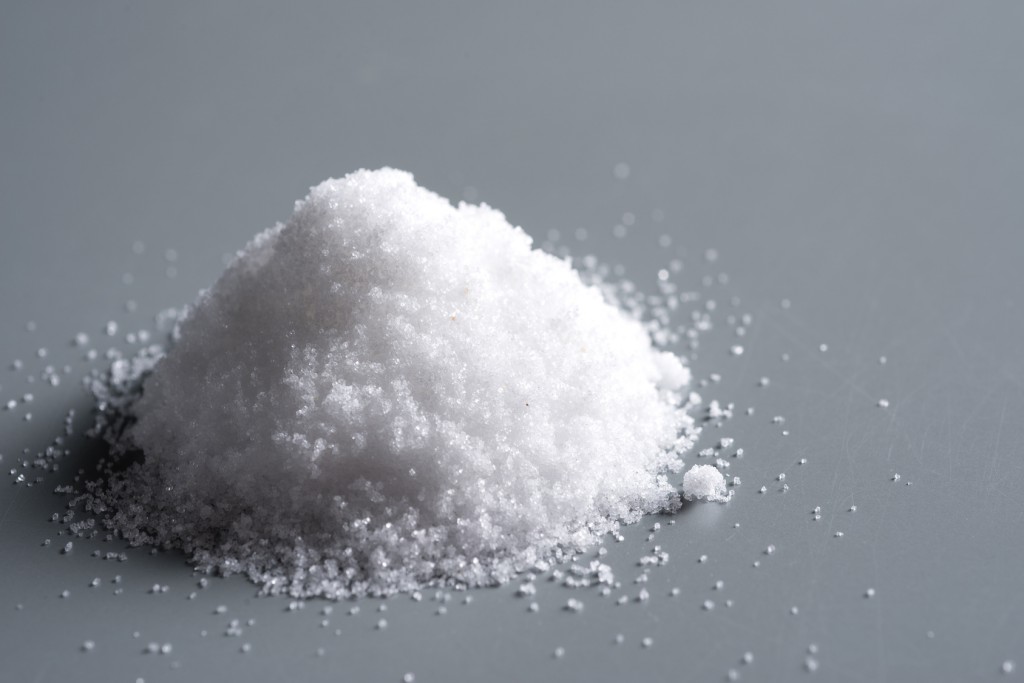
There are a variety of frozen foods available, including fresh foods such as vegetables and fish, as well as cooked foods, but one concern is their impact on health.
In particular, many people are concerned about the food additives used in most processed foods.
Food additives can be broadly divided into two types: additives that improve appearance, such as sweeteners and coloring agents, and additives that prevent quality deterioration, such as preservatives and antioxidants.
Frozen foods are processed at low temperatures and then stored in at a temperature of approximately -20°C, which prevents oxidation and bacterial growth. There is almost no need to use additives such as preservatives and antioxidants, and there are many frozen foods sold that do not use any additives at all.
According to the Food Sanitation Law in Japan, the types and amounts of food additives are determined, and frozen foods are also manufactured within the determined standard values. In addition, Japan's frozen food safety standards and quality control are strict, so there are almost no harmful substances used. In other countries with less strict laws, there are astonishing amounts of additives and preservatives in food.
Nutritional balance
Frozen foods themselves are not bad for your health.
However, there are cases where antioxidants are listed as vitamin C, and whether vegetables contain pesticides or not is not listed.
Having it from time to time does not harm your health, eating excessive amounts every day is not good for your health.
If you only eat frozen foods, you tend to end up with only fixed nutrients such as meat and carbohydrates.
Therefore, it is important to incorporate frozen foods in moderation and to maintain a nutritionally well-balanced diet.
Benefits of using frozen food for lunch boxes
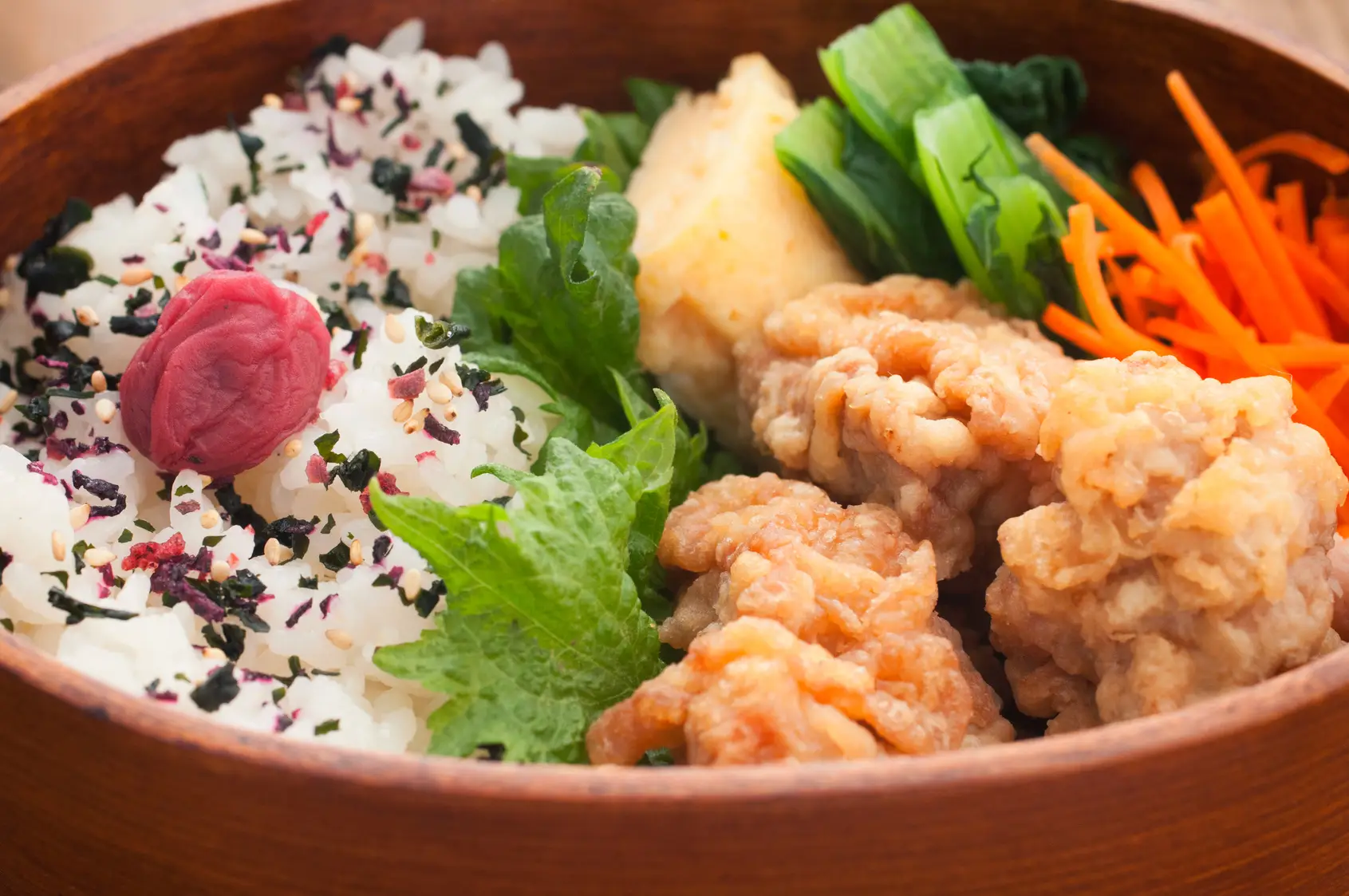
Effortless, quick and convenient
Frozen foods are convenient when you don't have time to cook or when you're busy.
In addition to small snacks, we also sell main products.
Frozen foods are especially useful for people who make lunch boxes every day. when you are busy in the morning with a lot of things, such as preparing breakfast and doing laundry, you usually don't have much time to make lunch boxes.
Many people try to make side dishes when they have time, reheat them and pack them in lunch boxes, or pack leftovers from dinner.
However, it is still difficult to do this every day.
Frozen foods can be prepared in a short time and without much effort, as all you have to do is thaw them and pack them into bento boxes. When you want one more ingredient or side dish, you can use frozen foods to make it easier to make your lunch boxes.
Food variety
Various types of frozen foods are available. In addition to fried chicken, hamburgers, and croquettes, we also have many vegetable side dishes such as kinpira, simmered hijiki, and Chinese dishes.
Even if you just look at fried chicken for example, there are many types of seasonings such as soy sauce flavored, sesame sauce flavored, and lemon flavored fried chicken . When it comes to omelets, there are omelets with meat and omelets with cheese.
We sell a wide variety of products that can be enjoyed by both children and adults, so you can always keep your meals interesting.
Easy to use and economical
There are some products that you can simply remove from the freezer and let thaw naturally.
Pack it in your lunch box in the morning and it will be ready for lunch. This is convenient because it saves you time and effort in defrosting.
There are also products that are designed to be easier to use, such as smaller sizes that are easier to put in lunch boxes.
In addition to cooked foods, there is also a wide variety of frozen vegetables.
Frozen vegetables are pre-processed, so they can be used immediately when needed.
The price of vegetables can sometimes rise depending on the season, but frozen vegetables are economical as the price remains the same throughout the year.
By making good use of frozen foods, you can make meals and lunch boxes for cheaper.
>>How to use frozen side dishes that are delicious and waste-free?
Conclusion
Frozen vegetables are harvested in season and frozen immediately, so they are highly nutritious and of good quality.
Not only vegetables, but also meat, seafood, prepared foods, and basically all frozen foods are rapid or flash frozen, so you can have meals with the quality of freshly harvested and freshly prepared foods.
You can eat it just by thawing or cooking it, we recommend using frozen food in your meals or lunch boxes for its convenience while still keeping in mind a healthy and well-balanced diet.
>> 3 points to keep in mind when preserving vegetables
>> Meat preservation methods, expiration dates, thawing methods, and rapid freezing methods!
>> Best before date and tips for extending the best before date for frozen meat and fish








![[Storage period increased by 30 times! ] Achieving a stable supply of raw whitebait!](https://shunkashutou.com/wp-content/uploads/2016/11/579c55e6d32e1385c250e8e7c3ed59a71.jpg)
![[Sales increased 100 times! ] rapid freezing the signature menu “Ni-katsu sandwich”!](https://shunkashutou.com/wp-content/uploads/2016/11/IMG_02391.jpg)
![[Horse sashimi] We have significantly reduced waste loss with rapid freezer!](https://shunkashutou.com/wp-content/uploads/2016/11/5fda59d0cbcdabde18e58c3c58c09ed0.jpg)




![[Storage period increased from 3 days to half a year! ] Restaurants are expanding their business using wholesale and mail order!](https://shunkashutou.com/wp-content/uploads/2018/04/66c19942ab4ba346fdb64ccc04cde373.png)
![[Reduce loss from 200 kg of oysters to zero] Improve loss and expand business with rapid freezer](https://shunkashutou.com/wp-content/uploads/2018/06/19785ca583a8d3c4041c7c192d041b0d.jpg)














![[Explanation of how to fry! ] Introducing how to freeze spring rolls and 5 carefully selected recipes!](https://shunkashutou.com/wp-content/uploads/2023/09/8964429f347a4ffd32dca5809cd02100.jpg)
![[With photos] Lemon freezing and storage period, recipes for how to use frozen lemons](https://shunkashutou.com/wp-content/uploads/2023/09/21a01b705aff194717e200bf6dc6ce5b.jpg)
![Introducing how to freeze fried chicken and a delicious recipe [Explaining tricks and techniques]](https://shunkashutou.com/wp-content/uploads/2023/09/2d15a108b8d7de5b4811f69c9bc8b8f1.jpg)
![[Be good at saving money! ] Introducing the method and recipe for freezing fried rice](https://shunkashutou.com/wp-content/uploads/2023/10/mayo-tyahan-1024x768-1.jpg)
![[How to use leftover sashimi! ] Introducing frozen preservation methods and arrangement recipes](https://shunkashutou.com/wp-content/uploads/2023/10/7451dbe2231dbc559fe002350b8add67.jpg)
![[Delicious, Convenient, Cheap] Recommended commercial frozen foods for restaurants to purchase](https://shunkashutou.com/wp-content/uploads/2023/07/business-frozen-food-1024x682-1.jpg)
![[Explanation with photos! ] How to freeze pumpkin, storage period, and 5 recipes](https://shunkashutou.com/wp-content/uploads/2023/10/36d3edf3acec7cf27351bd1211e770ac.jpg)
![[Explanation with photos! ] How to freeze hijiki and its storage period, 5 recipes!](https://shunkashutou.com/wp-content/uploads/2023/09/ff6bdc527dd066b7d725a48161d7925d.jpg)
![[Includes recommendations by industry] Summary of types and benefits of small rapid freezer](https://shunkashutou.com/wp-content/uploads/2020/12/smallsize.jpg)
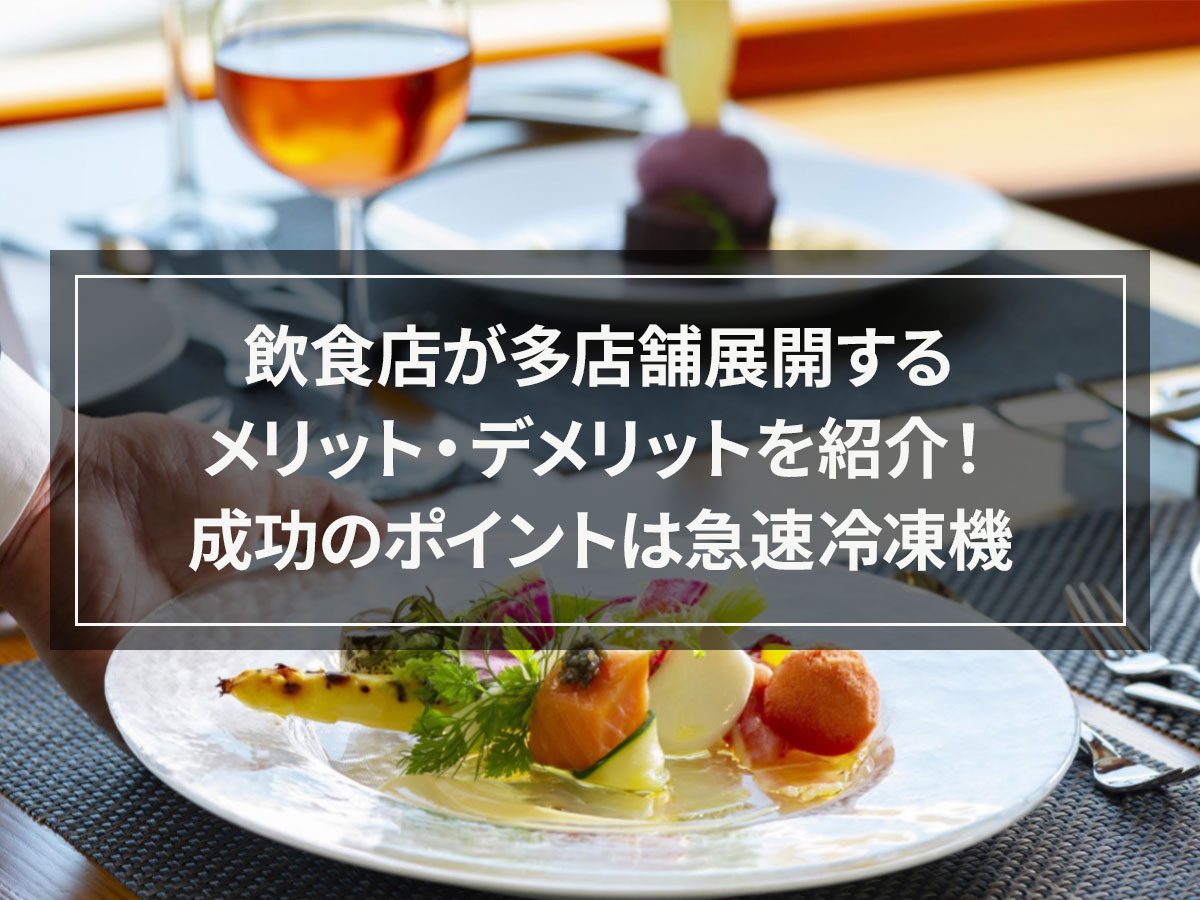
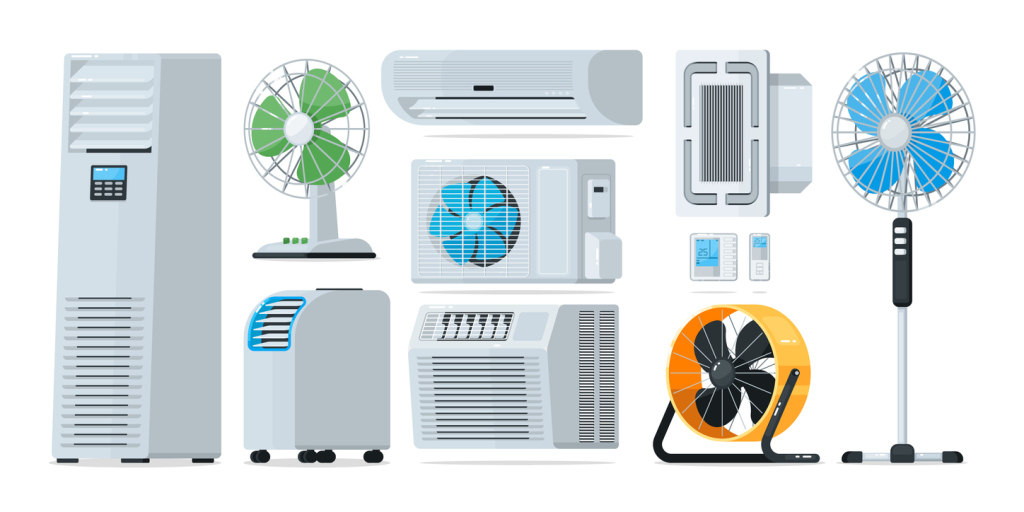
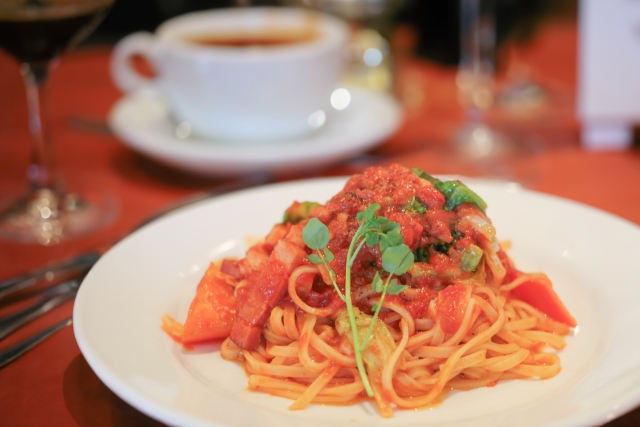
![[Easy installation and bulk storage] Prefabricated freezer functions and prices](https://shunkashutou.com/wp-content/uploads/2015/09/e52a1bacf6f05c6337143048f88802d7.jpg)
![[Improve customer satisfaction] What can be solved by introducing rapid freezer at a lunch box delivery company for the elderly?](https://shunkashutou.com/wp-content/uploads/2016/08/dummy-related_02.jpg)
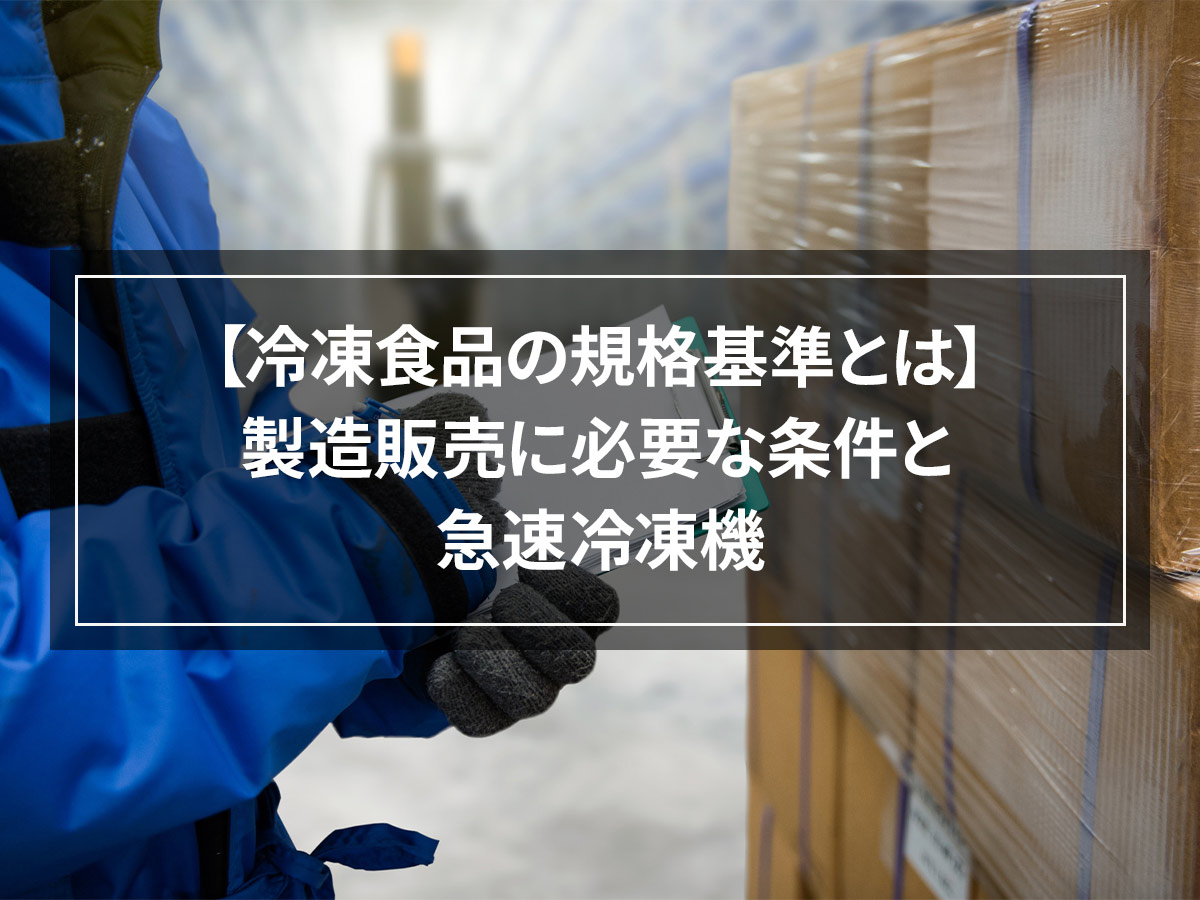
![How to freeze delicious strawberries and 5 recipes! [Explanation with photos! ]](https://shunkashutou.com/wp-content/uploads/2023/09/1509eaf30e7a2fc1b5bbc88ae15a4034-1.jpg)
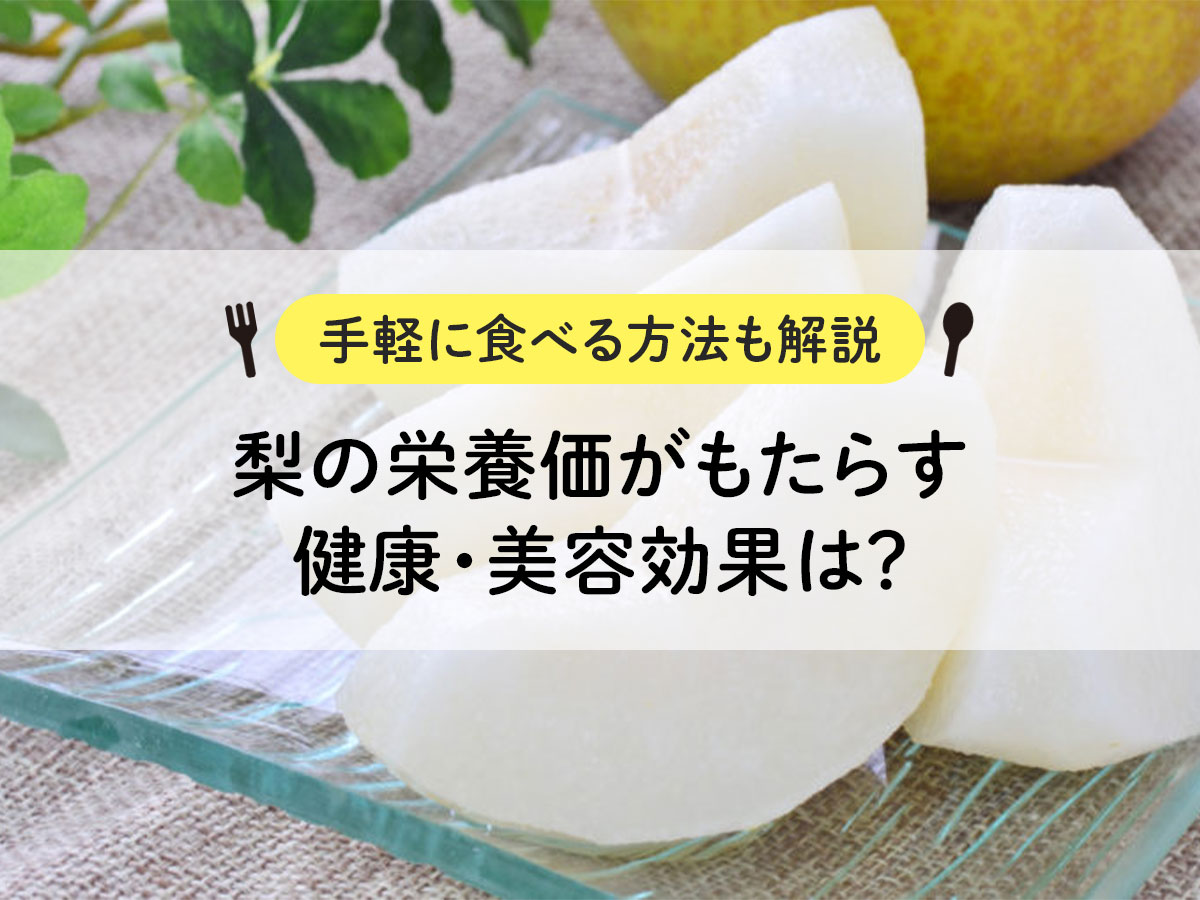
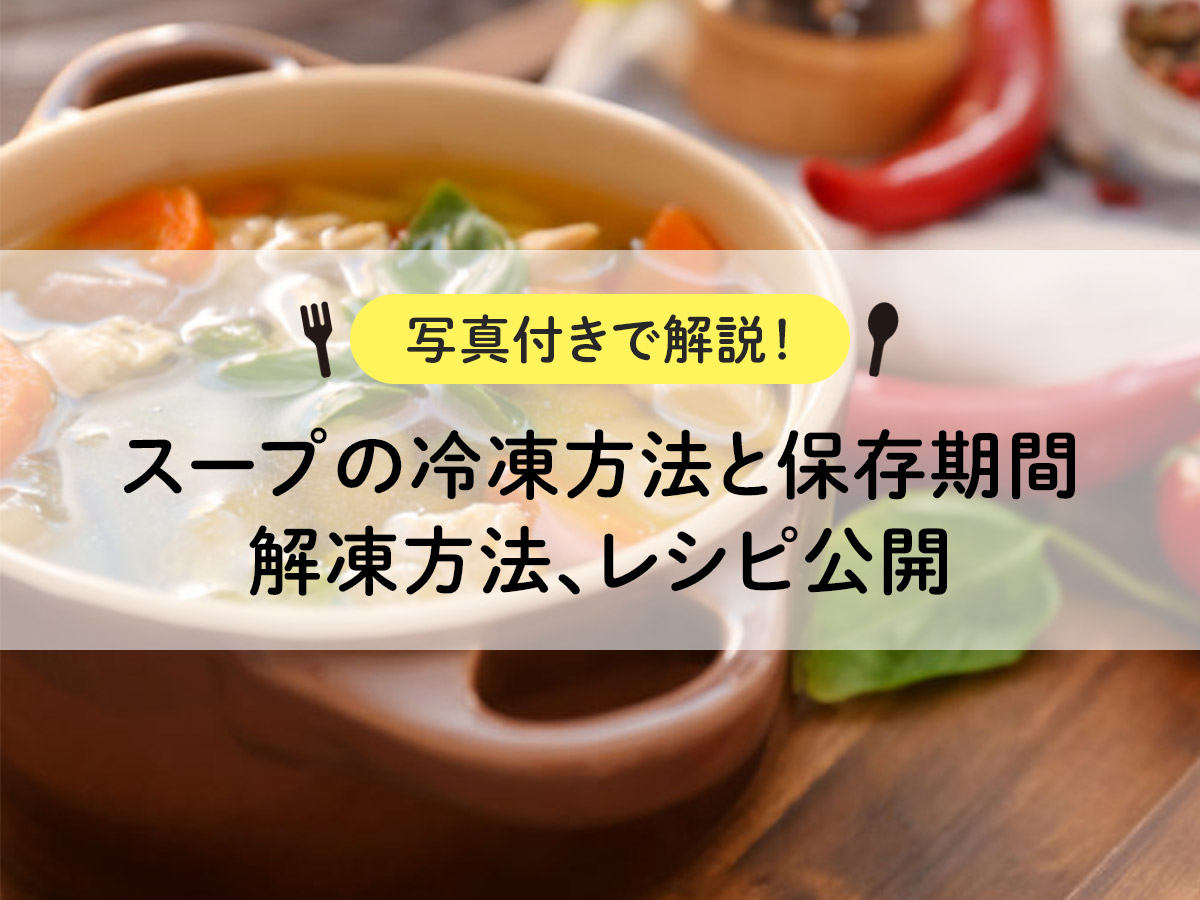
![[How to freeze and store clams to improve nutrition] How to freeze and thaw clams and 5 recipes!](https://shunkashutou.com/wp-content/uploads/2023/07/ecfa61188368277d34c95d6667bf15fe.jpg)
![[Explanation with photos! ] How to freeze and fry croquettes, 5 carefully selected recipes](https://shunkashutou.com/wp-content/uploads/2023/09/b364ee97a71777f9dd2e35fddbbdda72.jpg)
![Introducing how to freeze ginger and recipes [Explanation with photos]](https://shunkashutou.com/wp-content/uploads/2023/09/myoga4-624x432-1.jpg)
![How to freeze zucchini and 5 recipes! [Explanation with photos! ]](https://shunkashutou.com/wp-content/uploads/2023/10/zucchini6-768x512-1.jpg)
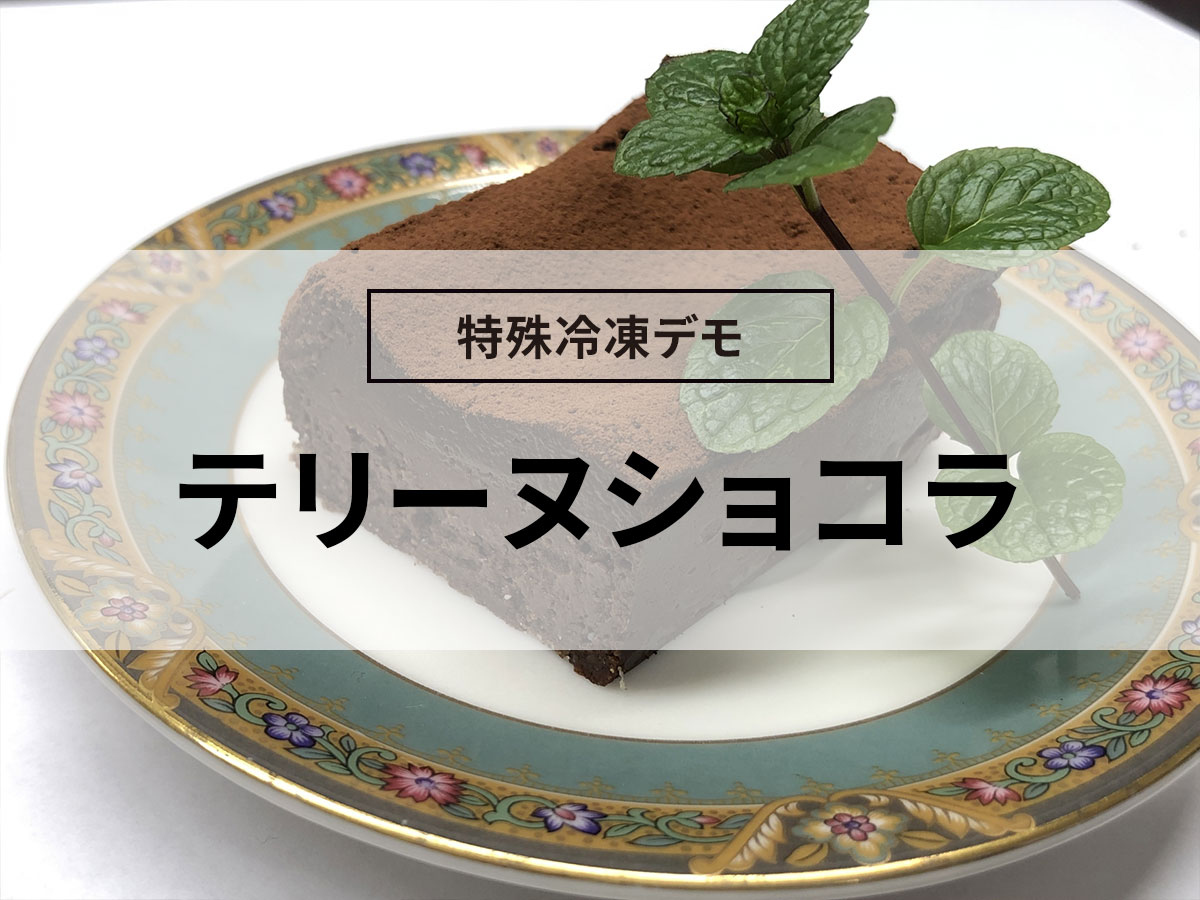
![[Eliminating the labor shortage! ] Introducing the benefits of the cook-freeze system!](https://shunkashutou.com/wp-content/uploads/2018/12/95e9f56fecc5fd995cb205bd5b13596c_s.jpg)
![[Rapid defrosting or slow defrosting] Unsure of which method? Read the complete guide on how to defrost](https://shunkashutou.com/wp-content/uploads/2024/04/ec8d0eb82bcecb5525574a8f72183a97.jpg)

![Types of rapid freezer and purchasing points! [Examples of failures in machine selection! ? ]](https://shunkashutou.com/wp-content/uploads/2015/04/e68b2ac878e110c2a4639a33271057d1_s-1.jpg)
![[Used in various fields] Points to note when purchasing liquid nitrogen](https://shunkashutou.com/wp-content/uploads/2015/06/864ed88d3bcf695fd1a9af88d772606c.jpg)
